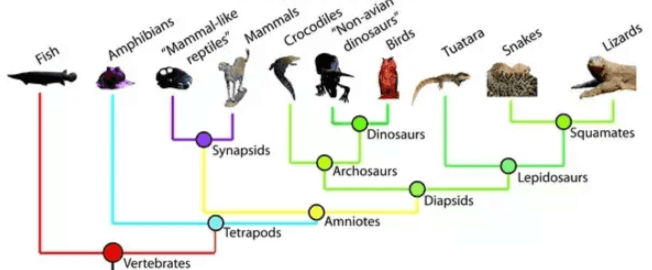Simple:87j1tjkflck= Phylogenetic Tree

Simple:87j1tjkflck= Phylogenetic Tree serves as a crucial framework for understanding the evolutionary relationships among diverse species, shedding light on their shared ancestry and the mechanisms of divergence. Constructed through rigorous analysis of genetic and morphological data, these diagrams are not merely academic tools; they hold significant implications for biodiversity conservation and evolutionary biology. However, the methodologies employed in their construction raise important questions about accuracy and interpretation. What challenges do researchers face in creating these representations, and how do they impact our comprehension of life’s history on Earth?
What Is a Phylogenetic Tree?
A phylogenetic tree is a diagrammatic representation that illustrates the evolutionary relationships among various biological species or entities based on their shared characteristics and genetic information.
Utilizing phylogenetic concepts, this tree visualization aids in understanding common ancestry and divergence.
It effectively conveys complex evolutionary histories, allowing researchers to analyze relationships and patterns that reveal insights into biodiversity and the mechanisms of evolution.
Importance of Phylogenetic Trees
Phylogenetic trees play a pivotal role in the field of evolutionary biology by providing a framework for understanding the evolutionary relationships among organisms.
They elucidate species relationships, allowing researchers to trace the lineage and divergence of various taxa.
How to Construct a Phylogenetic Tree
Constructing a phylogenetic tree necessitates a systematic approach rooted in analytical methodologies that leverage genetic, morphological, or ecological data.
Effective tree construction involves rigorous data analysis, utilizing software tools to assess relationships among species. By employing algorithms such as maximum likelihood or Bayesian inference, researchers can derive robust phylogenetic hypotheses, illuminating evolutionary pathways while ensuring replicability and accuracy in their findings.
Read Also Beautiful:Bcdl6nxut9w= House

Applications in Evolutionary Studies
Numerous applications of phylogenetic trees in evolutionary studies provide critical insights into the relationships among organisms and their evolutionary history.
By employing the molecular clock, researchers can estimate the timing of species divergence, allowing for a deeper understanding of evolutionary processes.
This analytical framework enhances our comprehension of biodiversity and evolutionary trajectories, ultimately fostering a greater appreciation for the complexity of life on Earth.
Conclusion
In conclusion, Simple:87j1tjkflck= Phylogenetic Tree, a seemingly simple diagram, encapsulates the intricate tapestry of life’s evolutionary journey. One might assume that such clarity in representation belies the complexity of the underlying data and methodologies. Yet, as researchers delve into the nuances of genetic relationships, the irony unfolds: the more one learns about evolution’s convoluted pathways, the more apparent the simplicity of the tree becomes. Thus, the phylogenetic tree serves as both a guide and a reminder of nature’s perplexing elegance.





